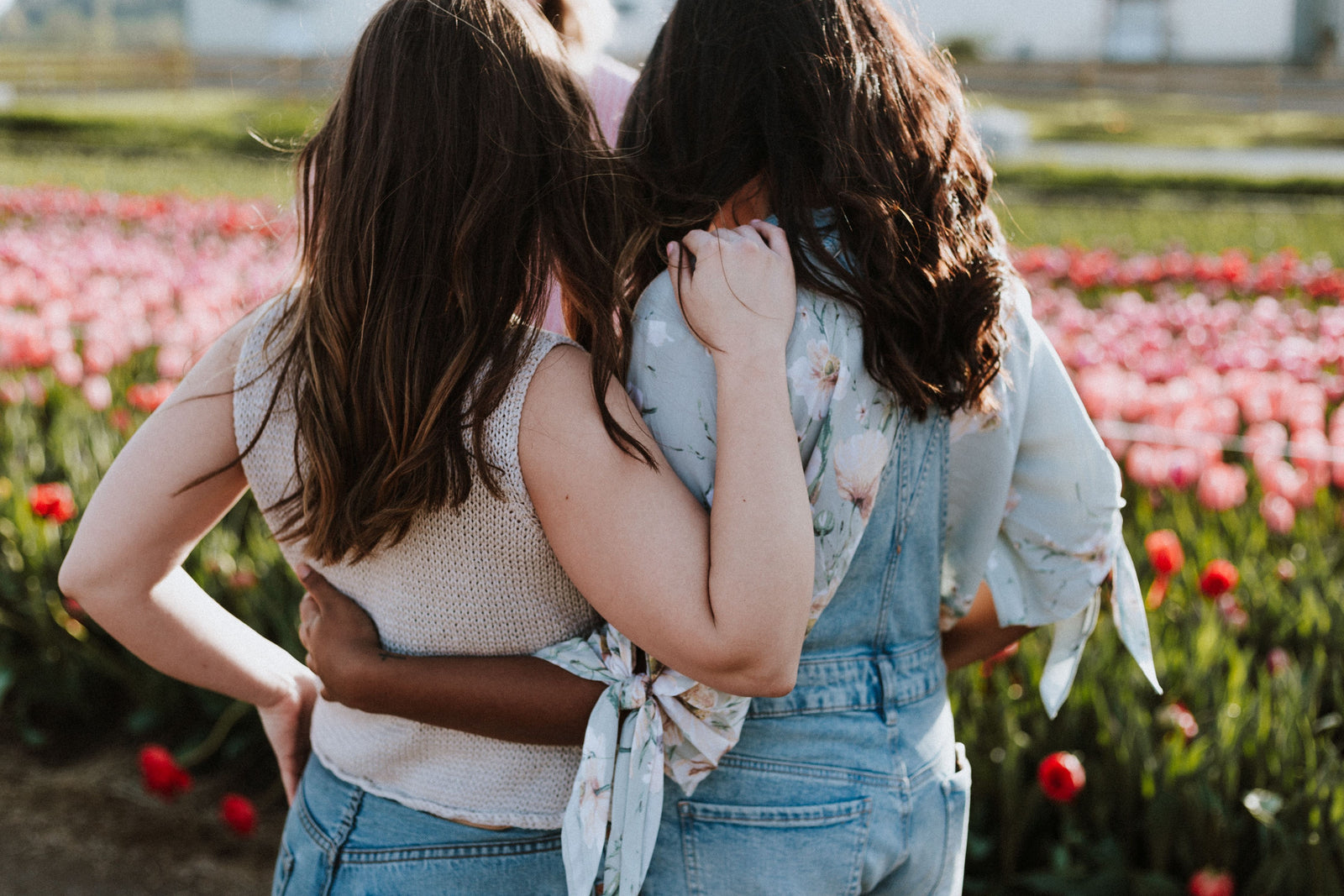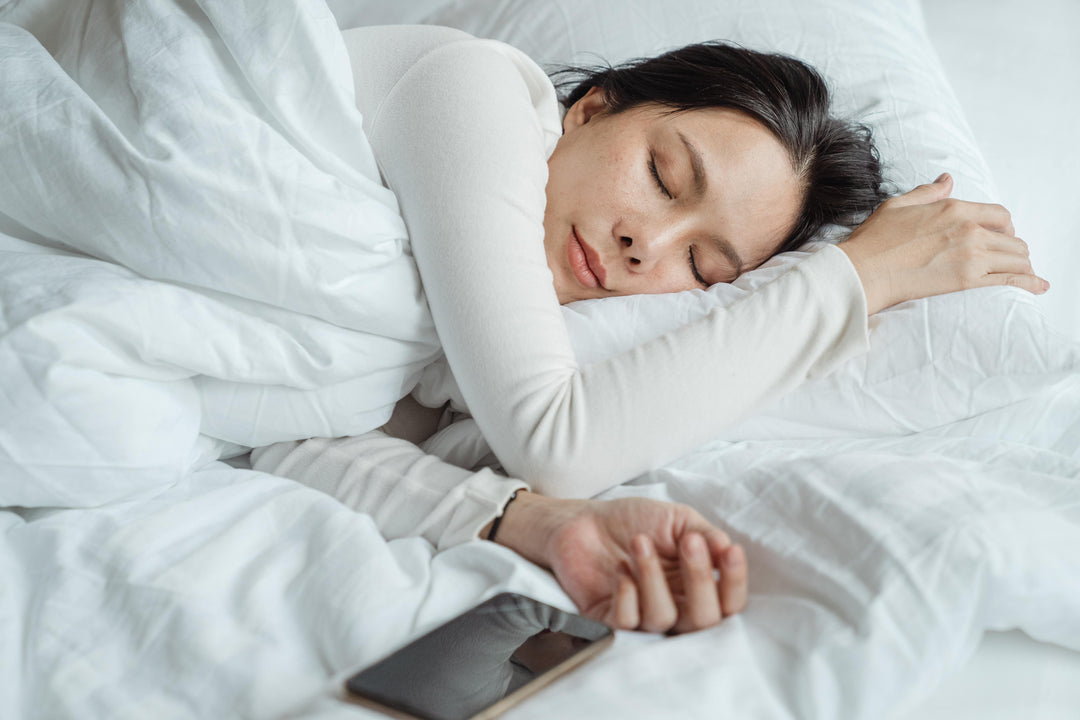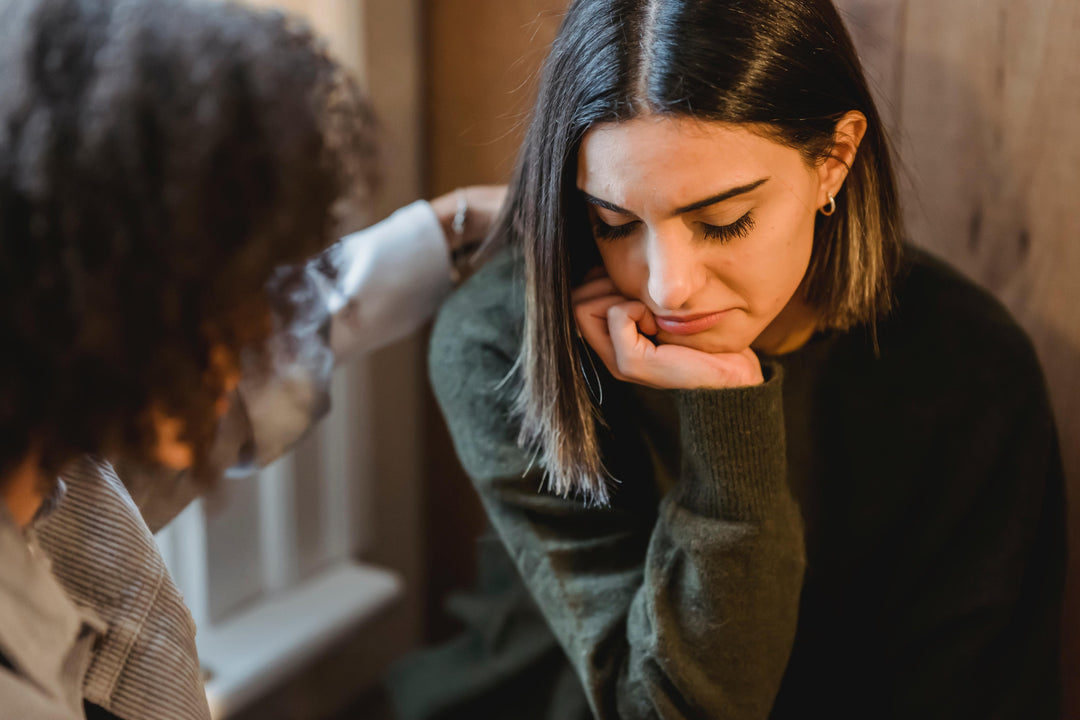Your first period

Getting your first period can be both exciting and scary. When you get your period, it means that you will now bleed about once a month until you are around 50 years old. It also means that you can get pregnant. Below you can read about all the thoughts and concerns that may arise when you get your period for the first time.
What is menstruation?
You are born with about one million eggs and once a month an egg matures and travels down the fallopian tubes to be fertilised. The uterus prepares to receive the fertilised egg by thickening the lining of the uterine wall. If a fertilised egg does not arrive, the lining is pushed out. This is your period. Periods, also called menstruations, occur about once a month and most people bleed for 3-6 days. In the beginning, the period is blood red but after a few days it darkens and may even have some lumps. This is completely normal and not dangerous. Read more about the different colours of your period here.
A few weeks before your period, you may feel more angry and sad than usual. This is normal and is called PMS (premenstrual syndrome). You may have mood swings, breast tenderness and feel swollen.
When do you get your period?
The age when you get your first period can vary a lot from person to person. It usually happens sometime between 12 and 14 years old. But as early as 9 years or closer to 16 years is not abnormal. If you have not had your first period after the age of 16, you should contact a youth clinic or health centre.
How do you know that your period is coming?
It is not possible to say exactly when your period starts, but there are certain signs you can look out for. Some people have symptoms such as more body hair, you may start to sweat more, or you may start having vaginal discharge.
Signs that your first period is coming:
-
You have started to get vaginal discharge
-
Hair has started to grow on your nipples and armpits
-
Your breasts started growing a few years ago
-
You have a stomach ache or feel bloated
-
You have gained weight
-
You have started to get pimples
- You smell of sweat
What does your first period look like?
The appearance of your first period can be very different. It can be either bright red or brown. It is common for the colour to change in the beginning from bright red to more brownish as the end of the period is not as "new" as in the beginning. Periods can also differ in consistency and be more or less lumpy. In the days before your first period, you may have a slimy discharge that is mixed with blood and possibly brown in colour, if the blood has dried up on its way out. Read more about the colour of your period here.
How much blood comes?
The total amount of blood that comes during a period is quite small. About 3 to 5 tablespoons in total. However, the total fluid is usually more as the blood mixes with vaginal discharge. How much you menstruate is very individual and can vary over your lifetime.
Irregular periods
It is common to have irregular periods in the beginning, when you have just started your first period. Irregular periods mean that your period does not come at the same time every month. For most people, it becomes regular after a while, with a menstrual cycle of between 21-35 days. You can keep track of your own menstrual cycle by writing in your calendar or downloading a menstrual app. Some people always have an irregular period and it is completely harmless. If you find it troublesome, you can contact a youth health centre.
What kind of menstrual protection should I use?
The most common types of menstrual protection are pads, tampons, period cups and period underwear. Pads and tampons are traditionally disposable products that absorb your period, but there are also washable pads and washable period knickers available. The type of menstrual protection you should use is very individual and you need to experiment to find out what suits you and your body.
- A tampon is inserted into the vagina and absorbs your period. It should be changed regularly, preferably at least every four hours.
- A menstrual cup is similar to a tampon in that it is inserted into the vagina, but unlike a tampon, the menstrual cup collects the blood in a container instead of absorbing the blood. You empty the menstrual cup at least every 12 hours. You wash and boil the cup after a period and if you take good care of it, the cup can be reused for several years. Learn more about how to use a menstrual cup here!
- A pad is placed directly in the panties and absorbs your period. Depending on how heavy your period is, you can choose between different sizes.
- Period underwear look and feel just like regular underwear. Unlike to normal knickers, they absorb your period, similar to a pad. You should change the knickers every 10-12 hours. Period underwear is a sustainable alternative since they can be reused. Read more about period pants here.




 EUR
EUR



Lascia un commento